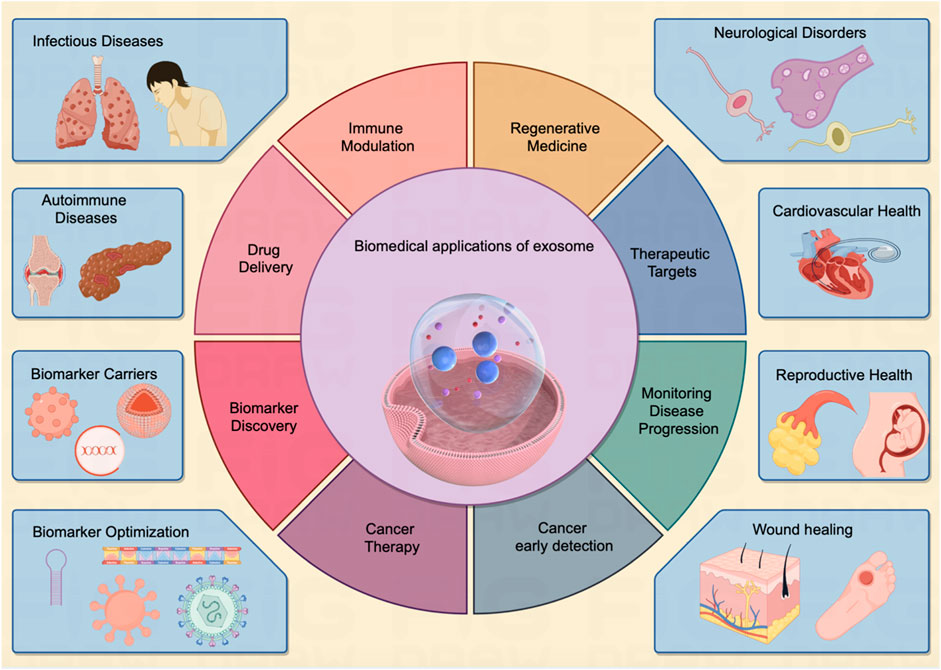Report on Contraceptive Access and Medicare Coverage for Women with Disabilities
Introduction
A recent study published in JAMA Network Open identifies significant gaps in Medicare coverage that limit access to contraception for people with disabilities. This report emphasizes the importance of addressing these gaps in alignment with the Sustainable Development Goals (SDGs), particularly SDG 3 (Good Health and Well-being), SDG 5 (Gender Equality), and SDG 10 (Reduced Inequalities).
Background and Context
- Women with disabilities in the U.S. are 32% less likely than nondisabled women to use any contraceptive method, with cost being a major barrier.
- In 2024, women with disabilities were more than twice as likely to discontinue contraception due to affordability issues.
- While Medicaid, Affordable Care Act private insurance, and TRICARE cover all FDA-approved contraceptives without cost-sharing, Medicare does not mandate such coverage.
- Medicare covers approximately 1.5 million reproductive-aged women with disabilities as of 2025, yet neither Traditional Medicare (TM) nor Medicare Advantage (MA) plans are required to cover contraception for pregnancy prevention.
- Permanent contraception is excluded from Medicare coverage, even when medically necessary.
Impact of Dual Enrollment in Medicare and Medicaid
Dual enrollment in Medicare and Medicaid significantly improves contraceptive use among women with disabilities:
- Medicaid covers all contraceptive methods without cost-sharing for dual enrollees, improving access.
- The study analyzed national Medicare and Medicaid claims data from 2016 to 2020, focusing on women aged 20 to 49 receiving Social Security Disability Insurance (SSDI) or Supplemental Security Income (SSI).
- Contraceptive use was tracked for short-acting, long-acting, and permanent methods across five insurance types: TM only, MA only, dual TM-Medicaid, dual MA-Medicaid, and Medicaid only.
- Dual coverage was associated with a 35% increase in contraceptive use within one year, with a 6.1 percentage point increase for women with intellectual/developmental disabilities (IDD).
- After gaining Medicaid coverage, contraceptive use rose from 8.6% to 11.9%, including increases in both short- and long-acting methods.
Systemic Barriers Beyond Insurance Coverage
- Women with disabilities, especially those with cognitive impairments, face systemic challenges such as inadequate sex education on refusal skills, condom use, birth control access, and STI prevention.
- They are more likely to experience nonconsensual or early sexual activity, increasing the need for reliable contraception.
- Physical and institutional barriers include assumptions by healthcare providers that women with disabilities are not sexually active, leading to neglect in offering contraception or STI screenings.
- Many clinics lack accessible equipment and staff trained in disability-related needs, limiting care even when insurance coverage exists.
Policy Recommendations and SDG Alignment
The study’s findings support several policy recommendations that align with the SDGs:
- Eliminate cost-sharing for all prescription contraceptives in Medicare: This would reduce financial barriers for women living on SSDI, who average just over $1,200 per month, advancing SDG 3 and SDG 10.
- Mandate coverage of permanent contraceptive methods: Including tubal ligation in Medicare coverage would promote reproductive autonomy and gender equality (SDG 5).
- Enhance provider training: Implement disability-inclusive care training and ensure unbiased, person-centered contraceptive counseling to address systemic inequities.
- Improve clinic accessibility: Ensure facilities have accessible equipment and staff knowledgeable about disability-related needs to support equitable healthcare access.
Conclusion
This study highlights critical gaps in Medicare’s contraceptive coverage that disproportionately affect women with disabilities, undermining their reproductive rights and autonomy. Expanding coverage through dual enrollment with Medicaid significantly improves contraceptive use, but comprehensive solutions require addressing systemic barriers and promoting inclusive healthcare practices. These efforts are essential to achieving the Sustainable Development Goals related to health, gender equality, and reduced inequalities.
1. Sustainable Development Goals (SDGs) Addressed or Connected
- SDG 3: Good Health and Well-being
- The article focuses on access to contraception and reproductive health services for women with disabilities, directly linking to SDG 3’s aim to ensure healthy lives and promote well-being for all at all ages.
- SDG 5: Gender Equality
- Issues of reproductive autonomy, equitable access to contraception, and overcoming systemic barriers for women with disabilities relate to SDG 5’s goal to achieve gender equality and empower all women and girls.
- SDG 10: Reduced Inequalities
- The article highlights disparities in healthcare access for women with disabilities, addressing inequalities in insurance coverage and healthcare services, which aligns with SDG 10’s objective to reduce inequality within and among countries.
2. Specific Targets Under Those SDGs Identified
- SDG 3 Targets
- Target 3.7: Ensure universal access to sexual and reproductive healthcare services, including family planning, information and education, and integration into national strategies and programs.
- Target 3.8: Achieve universal health coverage, including financial risk protection and access to quality essential health-care services and medicines.
- SDG 5 Targets
- Target 5.6: Ensure universal access to sexual and reproductive health and reproductive rights as agreed in accordance with the Programme of Action of the International Conference on Population and Development.
- Target 5.b: Enhance the use of enabling technology, in particular information and communications technology, to promote the empowerment of women, including through access to information and education.
- SDG 10 Targets
- Target 10.2: Empower and promote the social, economic and political inclusion of all, irrespective of age, sex, disability, race, ethnicity, origin, religion or economic or other status.
3. Indicators Mentioned or Implied to Measure Progress
- Contraceptive Use Rates
- The article provides data on contraceptive use percentages among women with disabilities across different insurance types (e.g., 4.9% for Traditional Medicare only, 6.6% for Medicare Advantage, 11%-13% for Medicaid or dual coverage), which can serve as an indicator to measure access and utilization of contraceptive services.
- Insurance Coverage and Enrollment Data
- Tracking the number of women with disabilities enrolled in Medicare, Medicaid, or dual coverage and the changes in contraceptive use after gaining Medicaid coverage (e.g., a 35% increase in contraceptive use within a year) can indicate progress toward universal health coverage.
- Affordability and Cost-Sharing Measures
- Indicators related to cost barriers, such as the percentage of women stopping contraception due to affordability (more than twice as likely in 2024 for women with disabilities), can be used to assess financial accessibility.
- Access to Disability-Inclusive Care
- Though not quantitatively measured in the article, implied indicators include availability of disability-trained healthcare providers, accessible clinic equipment, and provision of unbiased, person-centered contraceptive counseling.
4. Table: SDGs, Targets and Indicators
| SDGs | Targets | Indicators |
|---|---|---|
| SDG 3: Good Health and Well-being |
|
|
| SDG 5: Gender Equality |
|
|
| SDG 10: Reduced Inequalities |
|
|
Source: managedhealthcareexecutive.com







